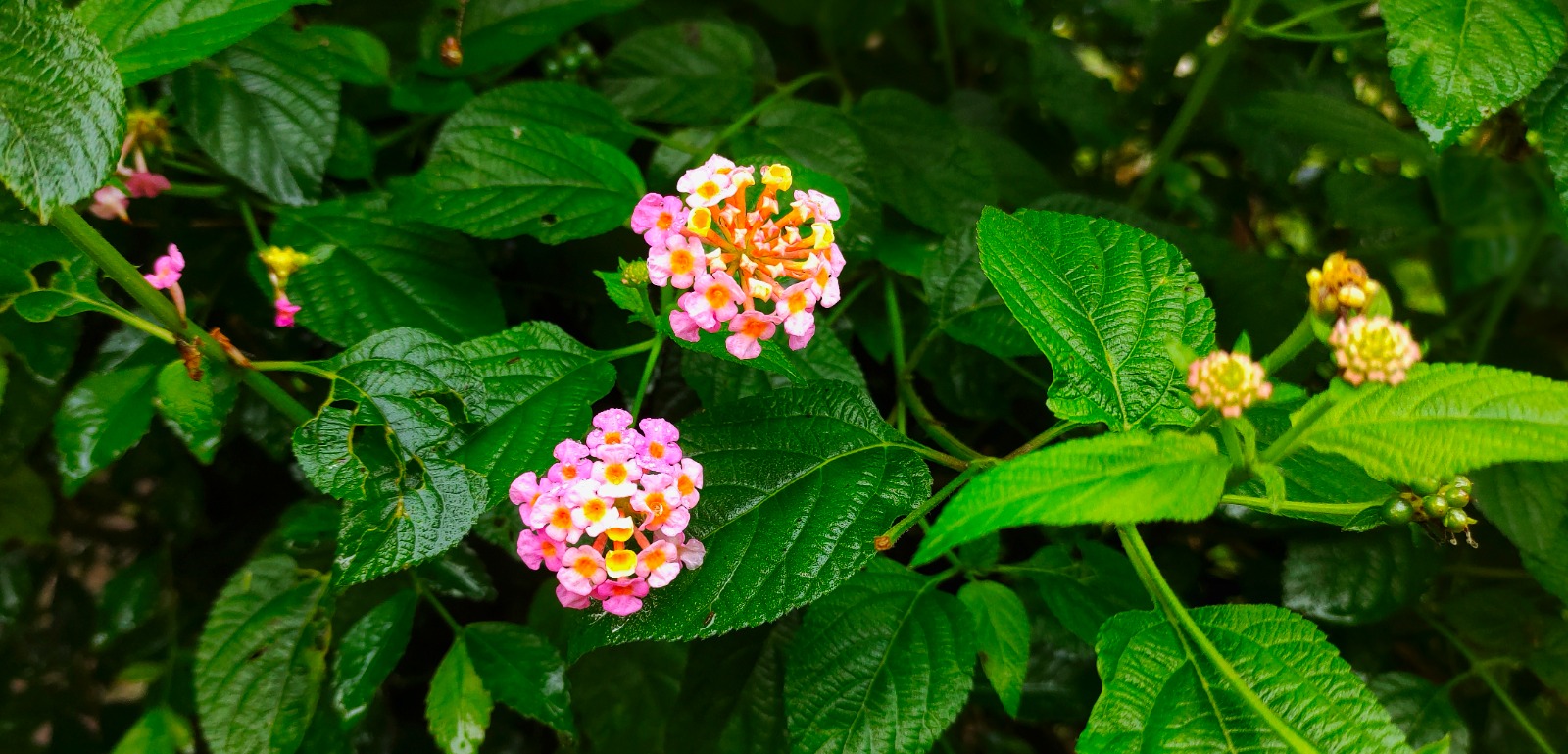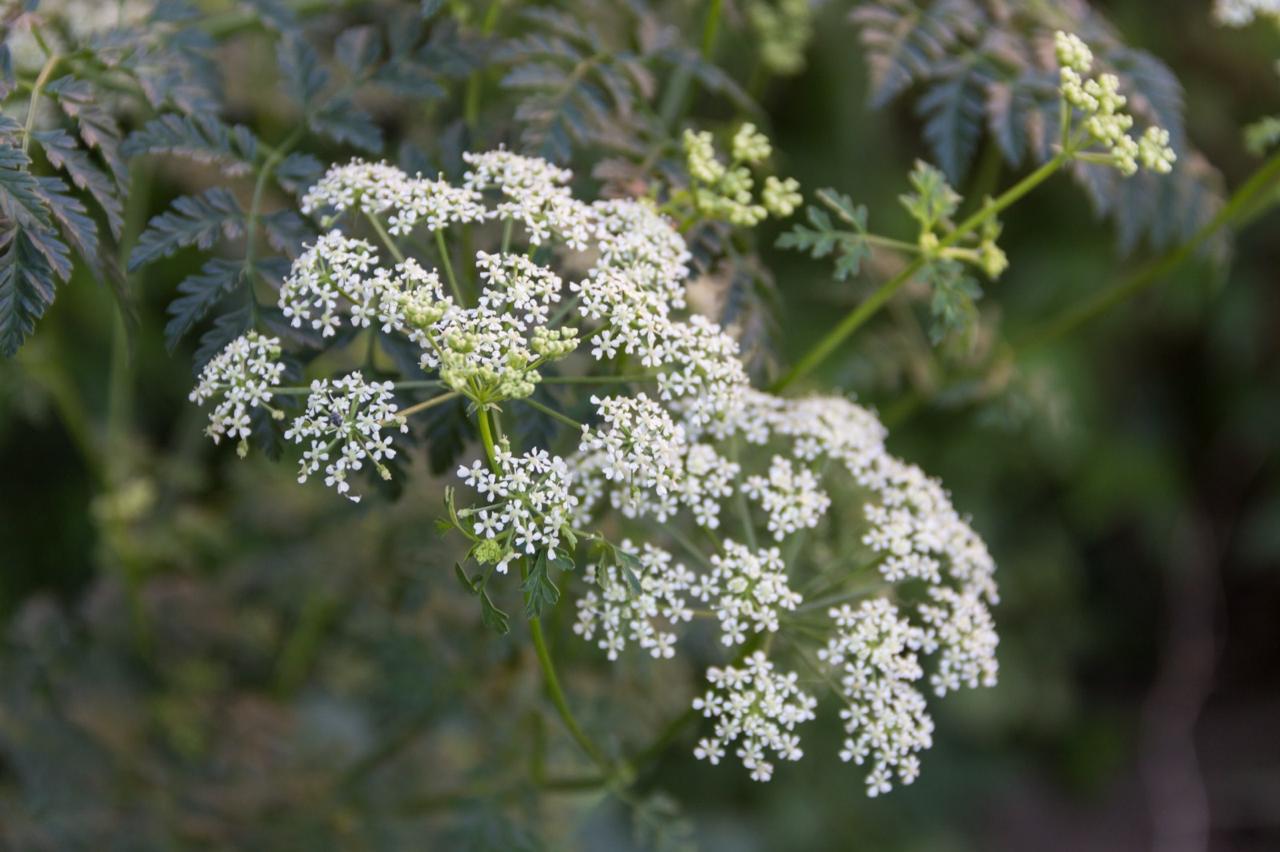
Australia’s diverse climate is home to countless beautiful plant species, but it also hosts a range of dangerous and invasive plants. These plants can threaten native ecosystems, harm livestock, and even pose serious health risks to humans. At PlantArk, we believe in celebrating all kinds of flora while staying informed about potential hazards. Below, we’ll explore ten problematic species, how to identify them, and tips on controlling or disposing of them safely.
1. Black Nightshade (Solanum nigrum)
Description:
- A branching herb that can grow up to 75 cm tall. It has oval leaves with wavy edges and small, white or pale violet star-shaped flowers.
- The berries start green and turn black when ripe.
Where It Grows:
- Commonly found in disturbed soils, gardens, and crop fields throughout most of Australia.
Why It’s Dangerous:
- Contains toxic alkaloids (especially in unripe berries and leaves).
- Poisonous to humans and livestock if ingested in large amounts, causing gastrointestinal and neurological issues.
How to Identify:
- Look for clusters of small, round berries that turn glossy black.
- White or light purple flowers with a yellow centre.
Control & Disposal:
- Pull up seedlings or shallow-rooted plants by hand (wear gloves).
- Dispose of plants in a sealed bag to prevent berry spread.
- For larger infestations, consult local weed management authorities for approved herbicides.

2. Lantana (Lantana camara)
Description:
- A woody, scrambling shrub with square-shaped stems and small, clustered flowers in vibrant shades of pink, yellow, orange, or red.
- Leaves have a strong, pungent smell when crushed.
Where It Grows:
- Prefers warm, moist conditions—commonly found in coastal and subcoastal regions, forest edges, and disturbed areas.
Why It’s Dangerous:
- Forms dense thickets that outcompete native plants.
- Toxic to livestock (especially cattle), causing liver damage and photosensitivity.
How to Identify:
- Look for the characteristic multi-coloured flower clusters and rough, serrated leaves.
Control & Disposal:
- Small plants can be hand-pulled (roots and all).
- Larger infestations may require targeted herbicide or mechanical removal.
- Ensure all cuttings are bagged to prevent re-rooting.
3. Parthenium Weed (Parthenium hysterophorus)
Description:
- An annual herb with small white flowers, growing up to 1.5 m tall.
- Leaves are pale green and deeply lobed, giving them a feathery appearance.
Where It Grows:
- Thrives in disturbed soils, roadsides, and paddocks, especially in Queensland and northern New South Wales.
Why It’s Dangerous:
- Highly invasive and fast-spreading.
- Can trigger severe allergic reactions (skin rashes, respiratory issues) in humans.
- Toxic to livestock, tainting milk and meat.
How to Identify:
- Look for white, daisy-like flower heads and greyish-green, lobed leaves.
Control & Disposal:
- Hand-pull young plants (wear protective clothing).
- Use herbicides recommended by local councils for larger outbreaks.
- Prevent seeding by removing flowering heads before they set seed.
4. Paterson’s Curse (Echium plantagineum)
Also Known As: Salvation Jane
Description:
- A rosette-forming annual with tall, upright stems covered in purple or bluish funnel-shaped flowers.
- Leaves are hairy and rough to the touch.
Where It Grows:
- Common in pastures and roadsides across southern and eastern Australia.
Why It’s Dangerous:
- Toxic to livestock, causing liver damage (especially in horses and pigs).
- Can cause allergic reactions in some people who handle it.
How to Identify:
- Vibrant purple-blue flowers in clusters on spike-like stems.
- Distinctive hairy leaves that form a low rosette before flowering.
Control & Disposal:
- Hand removal is easiest when the plant is young.
- Mowing can reduce seed production but won’t eradicate established plants.
- Consider approved herbicides for large-scale control.
5. Oleander (Nerium oleander)
Description:
- An ornamental evergreen shrub that can reach up to 4 m in height.
- Leaves are long, narrow, and leathery; flowers range from white to pink or red.
Where It Grows:
- Often planted in gardens and public spaces across warmer regions of Australia.
Why It’s Dangerous:
- All parts of the plant are extremely poisonous to humans and animals if ingested.
- Even smoke from burning oleander can be toxic.
How to Identify:
- Look for thick, glossy leaves and clusters of trumpet-shaped flowers.
Control & Disposal:
- Use gloves and protective clothing when pruning or removing.
- Bag all clippings—never burn them.
- Seek medical attention immediately if ingestion or severe contact occurs.
6. Castor Oil Plant (Ricinus communis)
Description:
- A tall shrub or small tree with large, palmate leaves (5–12 lobes).
- Produces spiny seed capsules containing highly toxic seeds.
Where It Grows:
- Found in disturbed areas, riverbanks, and gardens throughout Australia.
Why It’s Dangerous:
- Seeds contain ricin, a potent toxin that can be fatal to humans and animals.
- Skin contact with seeds or foliage can cause irritation.
How to Identify:
- Look for the large, glossy leaves and distinctive red or green spiny seed pods.
Control & Disposal:
- Remove seedlings by hand (with gloves) and bag them securely.
- For larger infestations, cut the plant and apply suitable herbicides.
- Never compost the seed pods; dispose of them in sealed bags.
7. Fireweed (Senecio madagascariensis)
Description:
- A daisy-like plant with bright yellow flowers.
- Grows up to 50 cm tall, forming multiple branching stems.
Where It Grows:
- Common in coastal and subcoastal regions of eastern Australia, especially in pastures.
Why It’s Dangerous:
- Toxic to livestock, causing liver damage over time.
- Rapidly invades grazing lands, reducing pasture quality.
How to Identify:
- Small, yellow daisy-like flowers with 8–13 petals.
- Leaves can be narrow, sometimes with serrated edges.
Control & Disposal:
- Remove plants before flowering to prevent seed spread.
- Mowing can reduce seed set but won’t eradicate established stands.
- Approved herbicides are often necessary for larger infestations.
8. Mother of Millions (Kalanchoe delagoensis)
Description:
- A succulent with tall, narrow, tubular leaves that produce small plantlets along the edges.
- Pinkish-orange bell-shaped flowers often appear on tall stems.
Where It Grows:
- Thrives in dry, warm conditions, commonly found in Queensland and northern New South Wales.
Why It’s Dangerous:
- Toxic to livestock, especially cattle, potentially causing heart failure.
- Can form dense stands that crowd out native vegetation.
How to Identify:
- Look for narrow, tube-like leaves with baby plantlets growing on the margins.
Control & Disposal:
- Remove small infestations by hand, ensuring all plantlets are collected.
- Larger outbreaks may need herbicide treatment.
- Dispose of all parts securely, as plantlets can easily root if dropped.
9. Jimsonweed (Datura stramonium)
Also Called: Thorn Apple
Description:
- An annual herb with large, jagged leaves and white or purple trumpet-shaped flowers.
- Seed pods are spiky, golf-ball-sized capsules.
Where It Grows:
- Prefers disturbed soils, roadsides, and paddocks, particularly in warmer regions.
Why It’s Dangerous:
- Contains potent tropane alkaloids (like atropine) that can be fatal if ingested.
- Toxic to humans and animals; even small amounts can cause severe symptoms.
How to Identify:
- Look for large, spiny seed pods and strong-smelling leaves.
Control & Disposal:
- Pull out young plants (wear gloves and protective clothing).
- Prevent seed formation by removing flowers and seed pods early.
- Consult local authorities for herbicide recommendations if infestation is large.

10. Poison Hemlock (Conium maculatum)

Description:
- A biennial plant with hollow, purple-spotted stems and finely divided, fern-like leaves.
- Clusters of small white flowers form umbrella-shaped heads.
Where It Grows:
- Commonly found near waterways, roadsides, and disturbed areas in temperate regions.
Why It’s Dangerous:
- Extremely toxic to humans and animals if ingested, affecting the nervous system.
- Historically infamous as a deadly poison.
How to Identify:
- Purple blotches on the stems, fern-like leaves, and umbrella-like clusters of small white flowers.
Control & Disposal:
- Wear gloves and avoid skin contact or inhalation.
- Hand-pull small plants or cut and bag them.
- Larger stands may require professional herbicide application.

Stay Safe and Protect Australia’s Ecosystems
When it comes to dangerous or invasive plants, early identification and proper control measures are crucial. If you’re unsure about a plant’s identity or the best removal technique, consult local authorities or weed experts. By staying informed and acting responsibly, we can protect Australia’s unique environment and keep our communities safe.
For more plant care tips, helpful guides, and updates on plant sales and listings across Australia, explore our PlantArk Blog. We’re here to support you in growing a healthy, thriving garden—while safeguarding our ecosystems from harmful species.
Happy (and safe) gardening from the PlantArk team!

